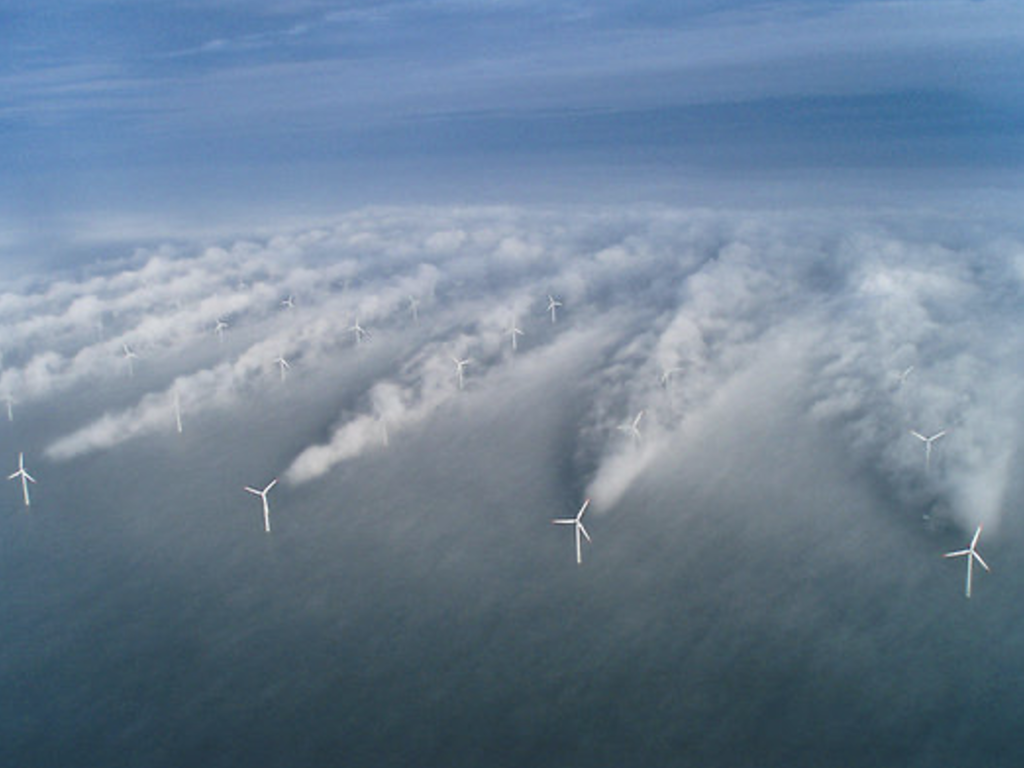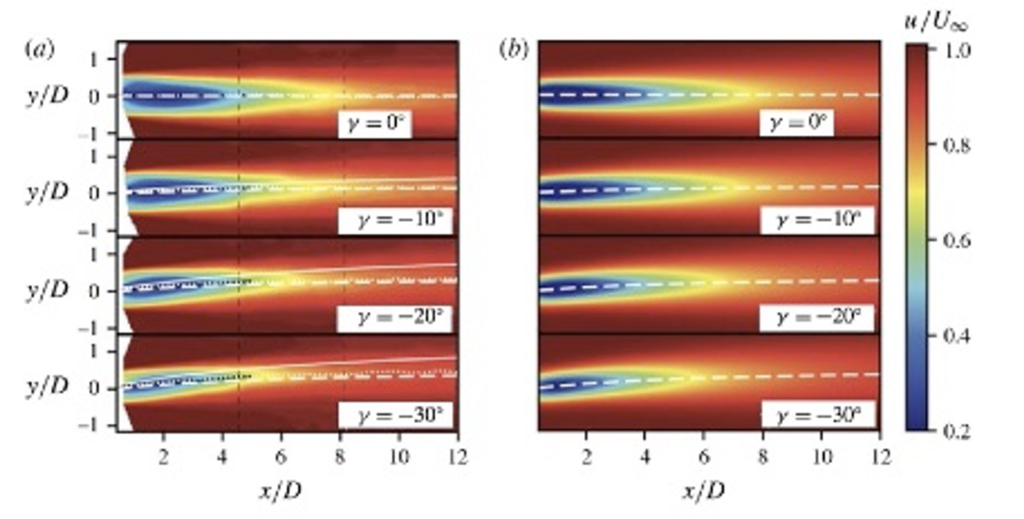Publié le Jeudi 21 avril
This project is part of the work on advanced control of wind farms, with a thesis co-supervised by the Centre Automatique et Systèmes and IFPEn, Solaize, France. Wind farm operators’ concerns about yaw control to optimize operations are symptomatic of the need to use existing wind farms more efficiently, mitigating loads at the farm level. In this context, a crucial issue is the efficient and robust estimation of the wake and wind field in real time and at the farm scale.
Until now, the vast majority of fault detection algorithms and load distribution controllers have relied on static modeling of wind direction and speed over a time window of 30 to 60 minutes. This is a very unrealistic assumption, which has a significant impact on minimizing the fatigue of the structure, which is strongly related to wind fluctuations. This project exploits the data measured by each wind turbine (generated power, rotor speed,…) to provide an estimate of the wind in its vicinity, using a large gain observer based on a Gaussian process identification of the aerodynamic torque.
We then seek to use these local estimates together to provide a dynamic estimate of the wind direction and wake, at the farm scale. This strategy is based on the parametric estimation of cascaded transport equations, wake modeling allowing a real-time use of these algorithms.


(a) experimental data (Bastankhah & Porté-Agel 2016)
(b) Transport equation model (Shapiro, 2017) Figure reproduced from Shapiro, 2017.
Prisms of analysis



TTI.5 contacts
Delphine Bresch-Pietri (CAS – Mines Paris)
Partners
Centres de Mines Paris : CAS
